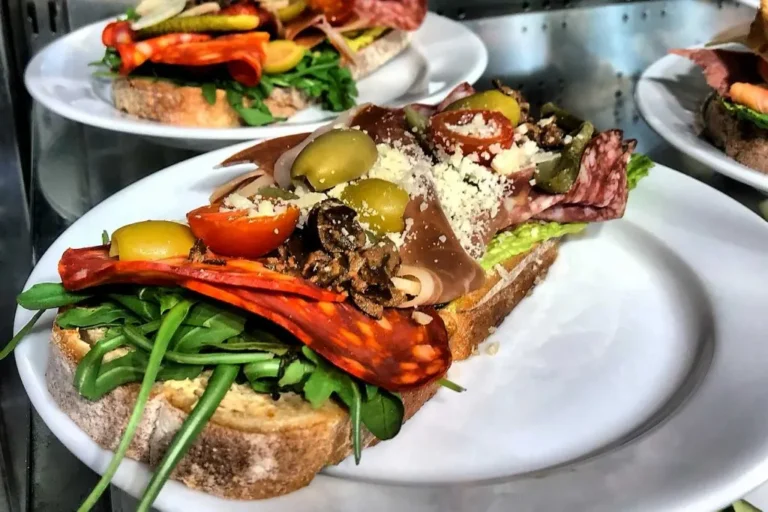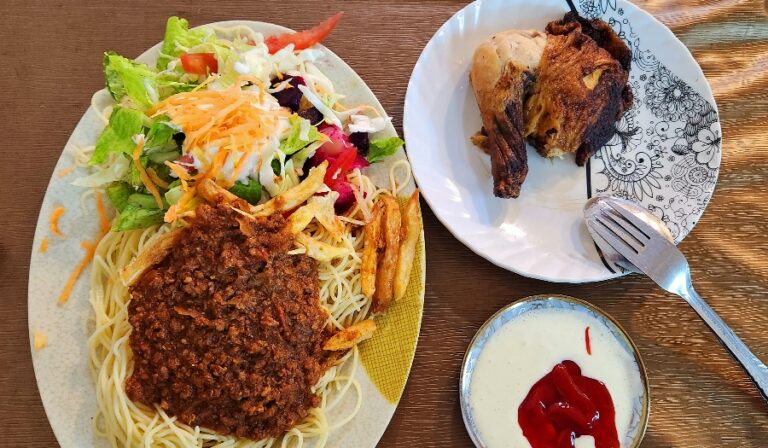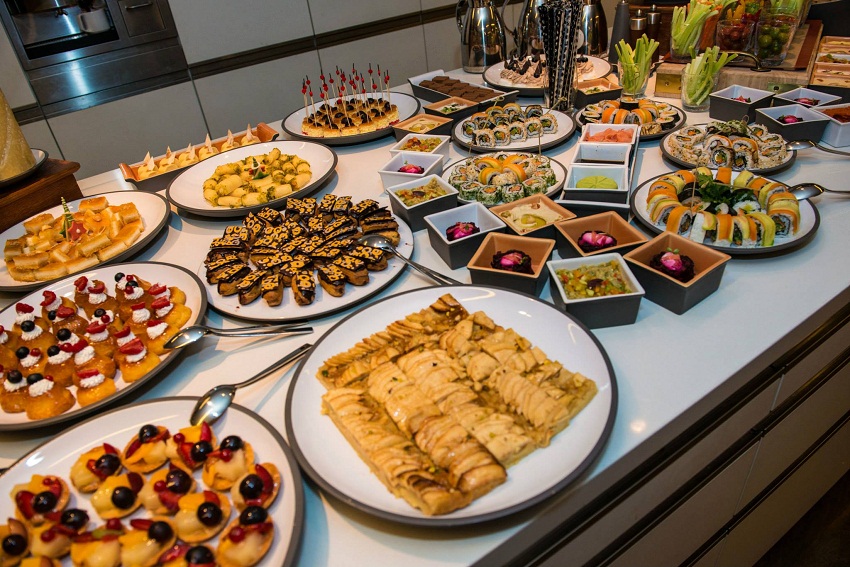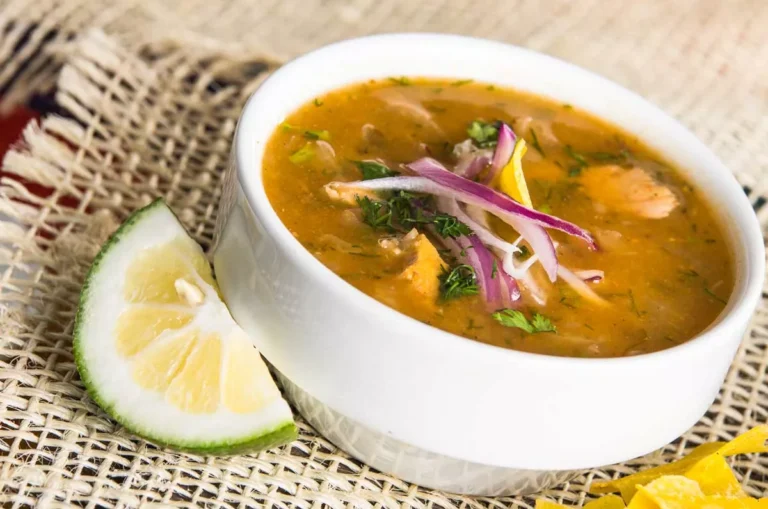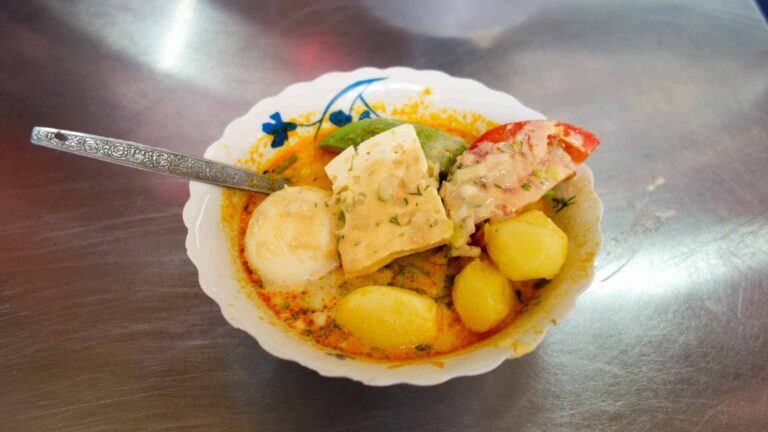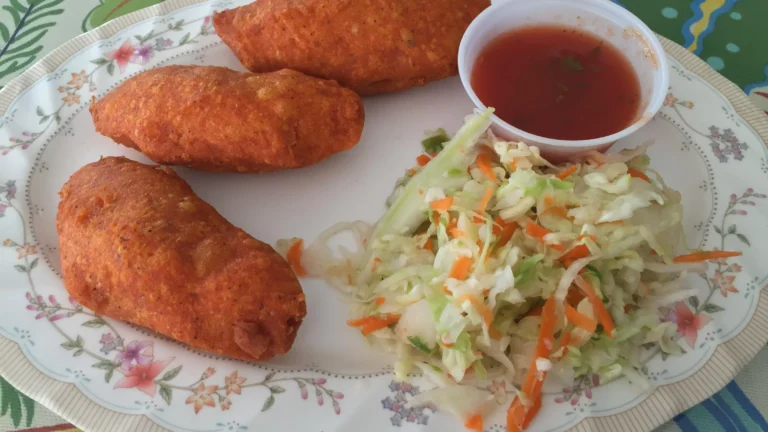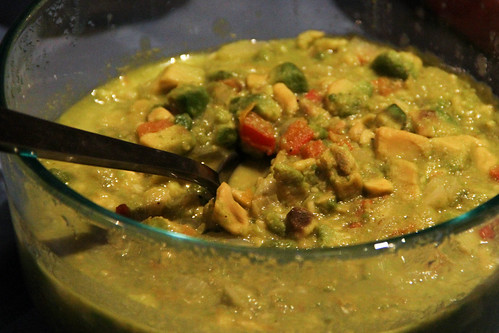Introduction: Danish Cuisine and its Cultural Significance
Denmark, a small Scandinavian country, is known for its unique and delicious cuisine. Danish cuisine is a reflection of the country’s history, geography, and cultural traditions. The cultural significance of food in Denmark can be traced back to the country’s agricultural roots and the importance of community and coziness, known as “hygge.”
Traditional Danish Foods: A Reflection of the Past
Traditional Danish foods are deeply rooted in the country’s history and reflect its agricultural past. Popular dishes include smørrebrød, a open-faced sandwich with toppings such as pickled fish, cheese, or cold cuts; frikadeller, meatballs made with pork and beef; and æbleskiver, fluffy pancakes served with jam and powdered sugar. These dishes reflect the simple and hearty nature of Danish cuisine, with an emphasis on local, seasonal ingredients.
The Role of Food in Danish Social Life and Celebrations
Food plays a significant role in Danish social life and celebrations. The concept of “hygge,” which is all about creating a cozy and intimate environment, often revolves around food. Danes enjoy gathering around a table for meals, especially during holidays like Christmas and Easter. Traditional Danish foods, such as roast pork with crackling skin and red cabbage, are often served during these celebrations.
New Nordic Cuisine: A Modern Twist on Traditional Flavors
New Nordic cuisine, a movement that emphasizes local and seasonal ingredients, has gained popularity in recent years. This approach to cooking has become a way for Danish chefs to incorporate traditional flavors into modern dishes. Restaurants like Noma, located in Copenhagen, are known for their innovative use of ingredients such as seaweed and Nordic berries. This movement has helped to put Danish cuisine on the map and has helped to make it more accessible to people around the world.
The Significance of Seasonal Ingredients in Danish Cooking
Seasonal ingredients are a cornerstone of Danish cooking. Danes have a deep respect for nature and its cycles, which is reflected in their cooking. In the summer, fresh berries and vegetables are abundant, while in the winter, root vegetables and preserved foods are more common. This emphasis on seasonal ingredients helps to ensure that dishes are fresh and flavorful.
Danish Hygge: The Coziness of Food and Atmosphere
The concept of hygge extends beyond just food and into the atmosphere. Danes value creating cozy and intimate environments where they can gather with loved ones. This includes lighting candles, snuggling under blankets, and enjoying comforting foods like hot chocolate and pastries. This emphasis on coziness has become a hallmark of Danish culture and is reflected in their cuisine.
Culinary Influences: The Impact of Globalization on Danish Cuisine
Globalization has had a significant impact on Danish cuisine. The availability of ingredients from around the world has allowed Danish chefs to incorporate new flavors and techniques into their cooking. This has resulted in a fusion of traditional and global flavors, with dishes like sushi-inspired smørrebrød and Thai-infused curries becoming more common.
Conclusion: The Importance of Food in Danish Identity
Food plays a vital role in Danish identity, reflecting the country’s rich history and cultural traditions. Traditional foods like smørrebrød and æbleskiver are a reminder of the country’s agricultural past, while new Nordic cuisine has helped to put Danish cooking on the map. The emphasis on seasonal ingredients and cozy atmospheres has become a hallmark of Danish culture, and the country’s cuisine continues to evolve with the influence of globalization.

